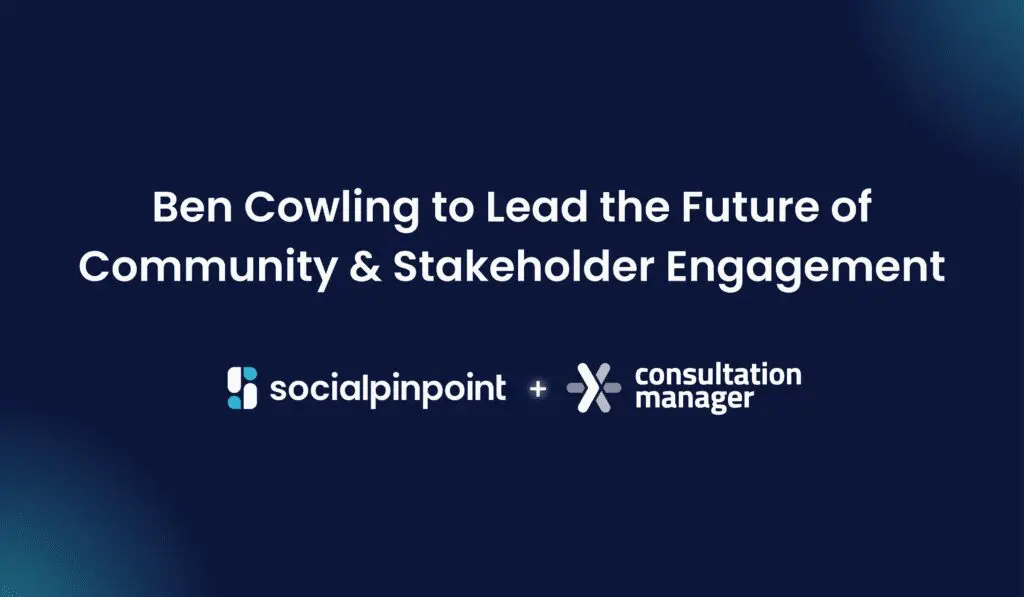Community engagement often involves contentious issues that evoke emotional responses from the community. Unfortunately, these responses can lead to ‘scare campaigns’ that promote misinformation, completely derailing the engagement process by raising unrelated issues.
These misunderstandings can spread quickly and lead to the community losing trust in the organisation, often before the engagement campaign has even begun! Problems like this can lead to project delays or angry, misinformed objectors who divert attention from the real issues.
With the ever-increasing use of social media, community members are more likely to be aware of what is happening in their neighbourhood. This awareness can be good, however, social media can easily spread misinformation – particularly when sufficient, credible information has not been provided. In the absence of information, misinformation and hearsay will spread like wildfire, especially on an emotionally charged project. When the community is aware of a major project but not provided information about it, they will make their own assumptions and spread it to their entire network, who will spread it to their network, who will spread it to their network … you get the picture. When a community just ‘makes stuff up’, they will probably assume the worst, get angry and attack the project, making it very difficult to get the it back on track and undertake worthwhile engagement on an even playing field.
As a land use planner living and working in the same community, I have been involved in some interesting conversations; dinner parties can be particularly interesting when some guests don’t know what I do for a living! I have heard some very wrong information about my organisation.
I must admit that I quite enjoy debunking the misconceptions and setting the record straight;
I have changed the perceptions of some aggravated dinner party guests simply by providing the facts. This is not only true at dinner parties, but in all types of engagement – online, social media, face-to-face meetings etc;. Giving people the right information allows them to form their own opinion based on facts, rather than on misinformation, scare campaigning or from what they have seen on social media.
In order to manage and minimise the spread of misinformation, the following methods can be employed:
- continuously monitor social media – this should provide early warnings of emerging issues and enable you to gauge public sentiment about the project;
actively address the misinformation before it overtakes the project – if possible, pick up the phone and have a real conversation with the person/group spreading the information and foster a relationship with them. Offer to meet with them and discuss the project and answer their questions; set the record straight. Unfortunately, this is not always possible when the misinformation is via social media. In this case, address the misinformation by providing facts about the project. - Distributing easily accessible, factual information about the project at key project milestones. Providing factual information will not only help manage misinformation but also will create transparency in the process and help build trust in the community.
- Ensuring that the key issues are the target of your engagement campaign so that the community knows what it is that you want feedback about. This will prevent the campaign being overrun by off-topic issues – you want constructive comments, not just random/ unrelated comments.
- Bringing them along for the journey – as mentioned above, provide information at key project milestones, including at project conception. Provide information about the process so they know when you will be seeking formal comments. Ensure that they understand the key project outcomes and how they are able to contribute to the decision making. If some aspects of the project are not negotiable, you need to be upfront about them.
- Using a large range of engagement tools – online and offline, social media and purpose built engagement platforms. And don’t forget the value of face-to-face engagement and real conversations – this helps build relationships and shows the community that you are not just a faceless bureaucrat.
The rise of social media has allowed people to be more aware than ever about what is happening in their communities, but it has also allowed misinformation to flourish.
By appropriately managing misinformation, your community engagement campaign will be far more effective. People are more likely to provide comments based on the facts, enabling constructive debate on the key issues.












